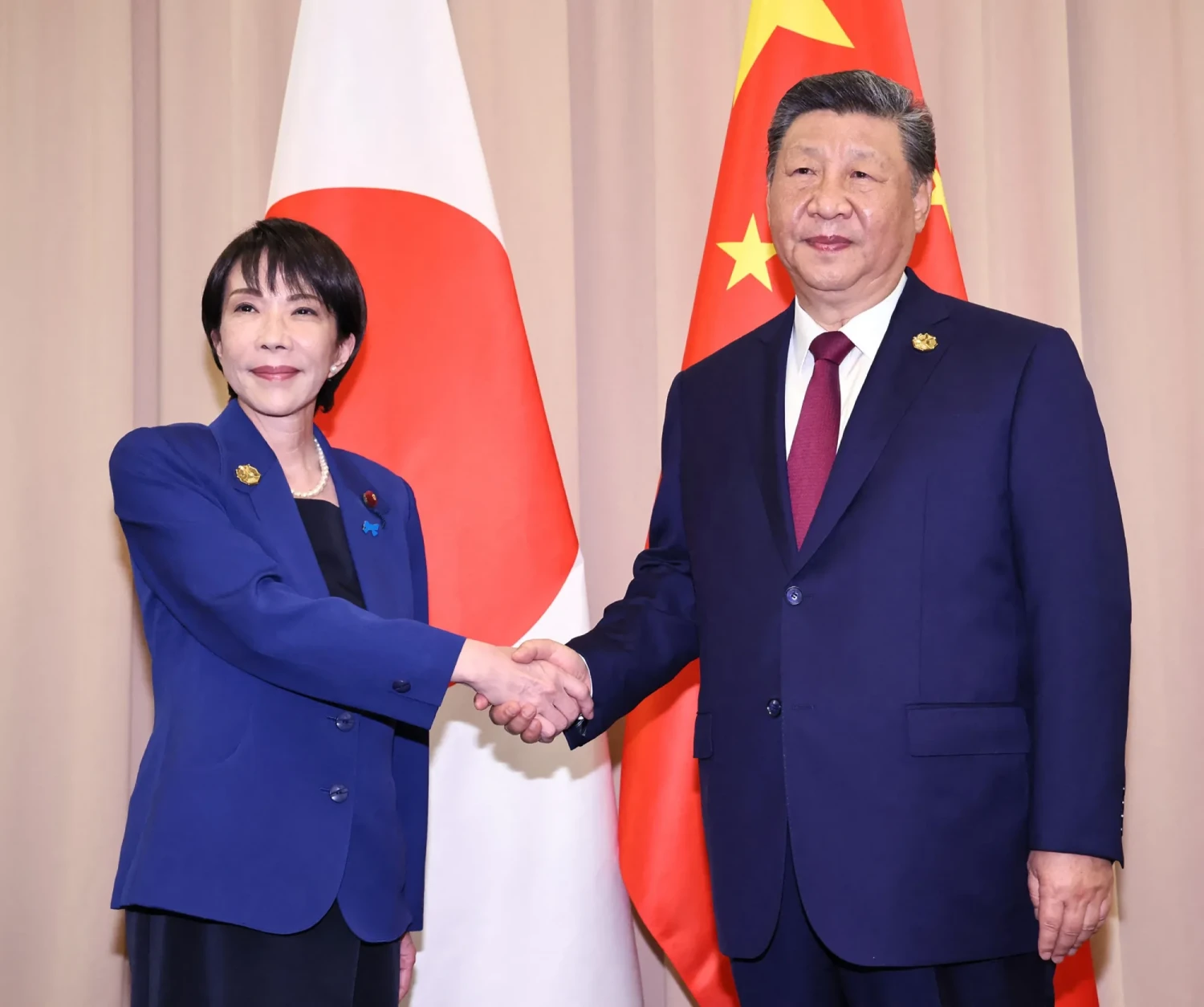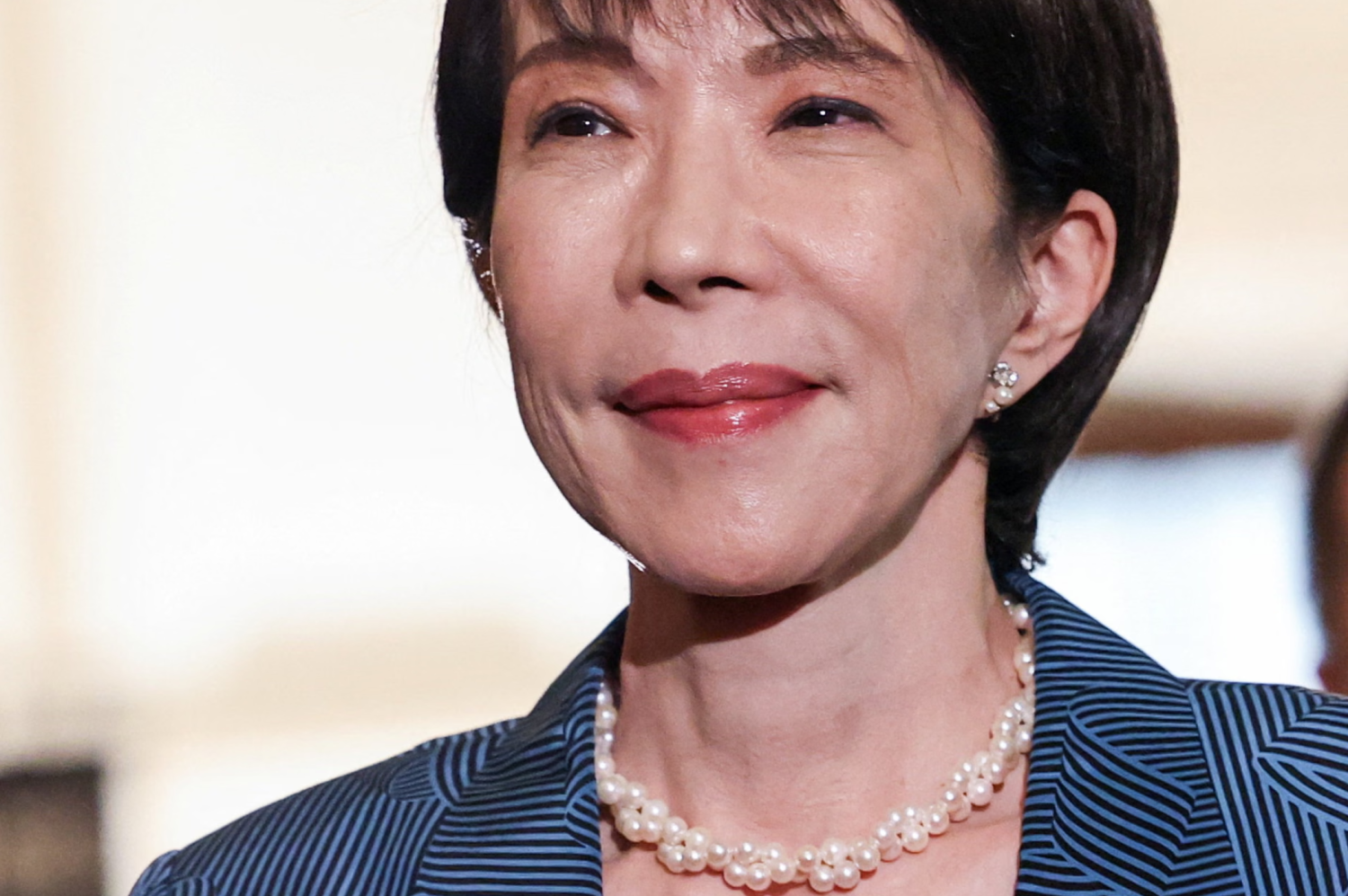
This article is more than
5 year oldPacifist Japan ruling party proposes strike capability to halt missile attacks
TOKYO (Reuters) - Pacifist Japan took a step closer to acquiring weapons able to strike North Korea on Friday after a ruling party committee approved proposals to consider acquiring strike capability to halt ballistic missile attacks.
Giving long-range munitions to Japan’s Self Defence Forces is a controversial issue for a country that renounced the right to wage war after its defeat in World War Two. The proposal is also likely to anger China and Russia, which could fall within range of any new strike weapons.
“Our country needs to consider ways to strengthen deterrence, including having the capability to halt ballistic missile attacks within the territory of our adversaries,” the proposal document said.
The proposals, crafted by senior Liberal Democratic Party lawmakers including former defence minister Itsunori Onodera, will be presented to Prime Minister Shinzo Abe as early as next week.
The proposals are “to stay within the bounds of the constitution and to comply with international law, that has not changed”, Onodera said at a briefing.
The recommendations will be discussed by Japan’s National Security Council, which is expected to finalise new defence policies by the end of September.
Abe has pushed for a more muscular military, arguing Japan needs to respond to a deteriorating security environment in East Asia as North Korea builds missiles and nuclear weapons, China builds a modern, powerful military and Russian forces re-engage in the region.
A strike option is attractive because it is much easier to hit missiles on launch pads than warheads travelling at several times the speed of sound. Finding mobile launchers to hit, however, require close surveillance with satellites that Japan does not currently possess, meaning it would have to rely on help from ally the United States.
Japan’s defence ministry could decide on equipment purchases by the end of the year, government officials told Reuters.
“We will look at the LDP recommendations and consider them thoroughly,” Minister of Defence Taro Kono said at a regular press briefing.
AEGIS
The ruling party deliberations were prompted by Kono’s decision in June to cancel two planned Aegis Ashore sites designed to track and target incoming ballistic missiles from North Korea, citing a risk posed to nearby residents from falling booster rockets and rising costs.
The LDP document included a recommendation that Japan consider how to acquire a defence radar system on a par with Lockheed Martin’s Aegis Ashore system that could also track other threats such as drones and cruise missiles.
Among proposals being considered by officials is locating the Aegis Ashore at other ground sites, or putting the new powerful radar on ships. U.S. defence company Raytheon has been lobbying senior LDP lawmakers with a proposal to choose its SPY-6 radar rather than using Lockheed’s system, sources earlier told Reuters..
“The government will make a decision regarding this by the end of September and our thinking will be reflected in that,” Onodera said.
North Korea, which has tested missiles over Japanese territory, has held now-stalled talks with the United States aimed at eliminating its nuclear arsenal. It has rejected unilateral disarmament and given no indication that it is willing to go beyond statements of broad support for the concept of universal denuclearisation.
Reporting by Tim Kelly; Editing by Chang-Ran Kim, Lincoln Feast and Nick Macfie
Our Standards:The Thomson Reuters Trust Principles.




